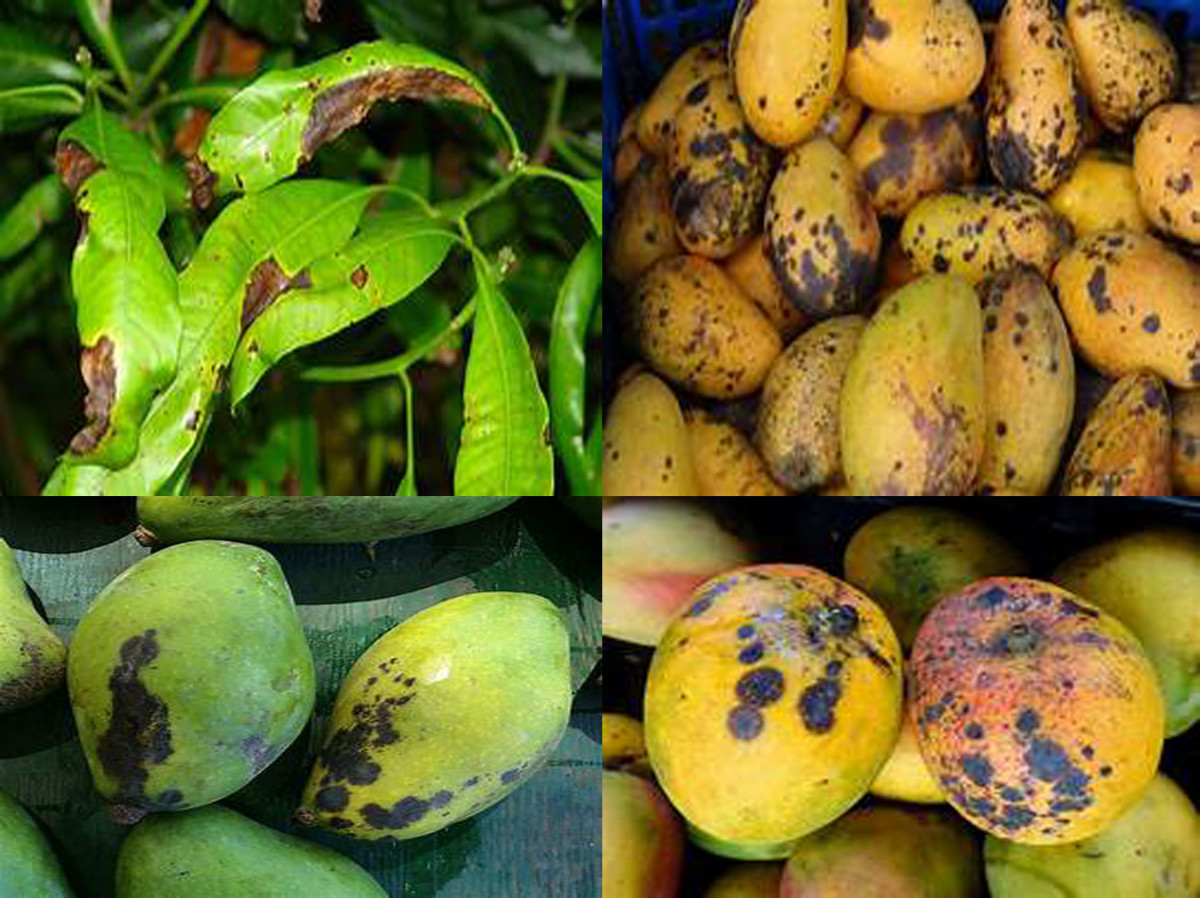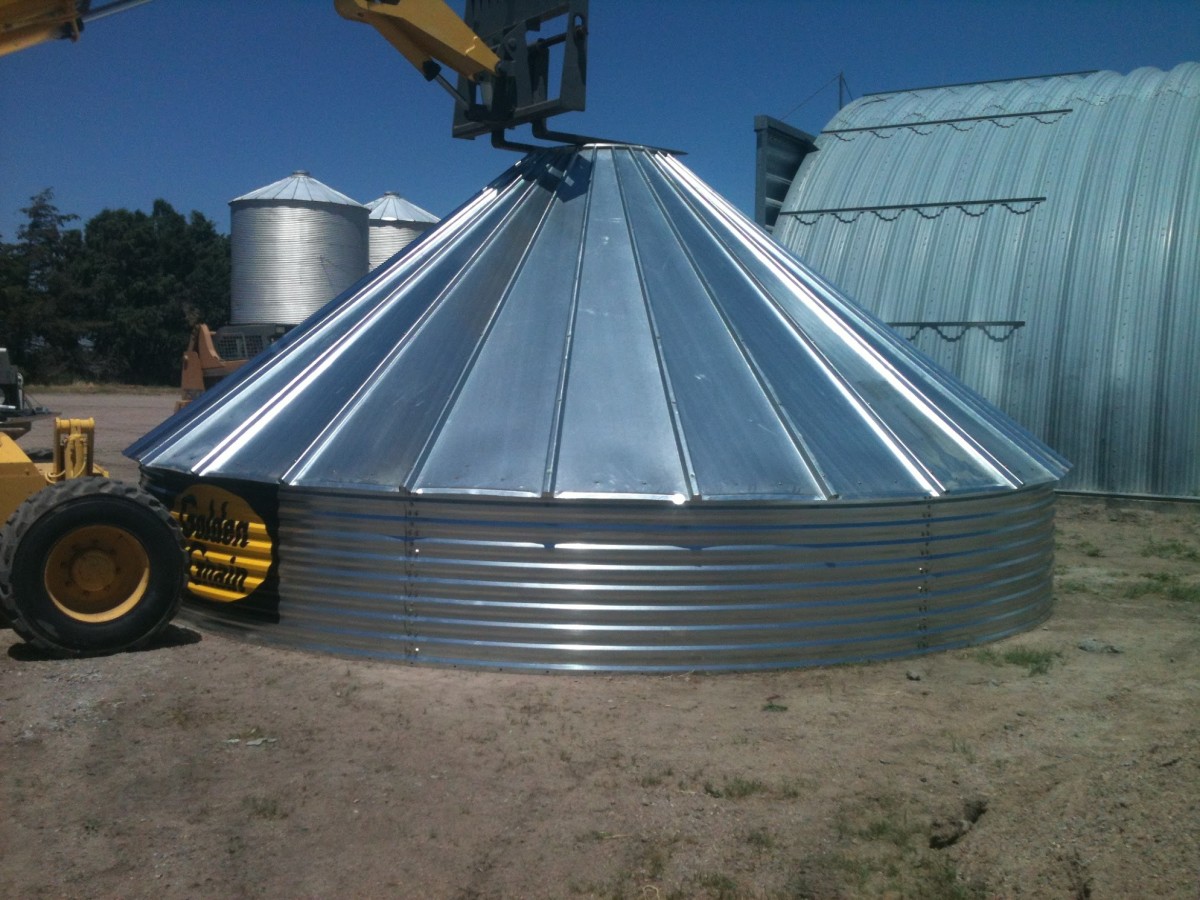My Organic Farming Practices Part 3
The Major Nutrients
We all know that Nitrogen, Potassium and Phosphorus are the major nutrients required by a plant for wholesome growth. For a chemical farmer, it is easy to buy them from a store and apply to the soil either in non-water-soluble form or water-soluble form. In organic farming, ensuring that the crop gets all the required nutrients in sufficient quantities, is a tricky affair. Here are some methods an organic farmer can adopt to substitute the chemical farming methods and to ensure his/her crops get the major and minor (not less important but required in lesser quantities) nutrients in the right form and quantity.
The Organic Way in Nutrient Management
The theory and approach of organic farming makes it mandatory that an organic farmer cannot think in terms of each nutrient separately. There has to be an organic connection between the part and the whole. Organic farming itself is based on the natural inputs that provide more than one of the nutrients in the same form that they exist in nature, and hence are accessible and absorbable to a plant more readily. So, applying these nutrients individually as a chemical farmer would do is not a viable option here. Of course, there are organic fertilizers available in the market that are specifically comprising of individual nutrients. However, buying them is not often financially viable for a farmer unless he/she is doing small scale gardening. Instead what an organic farmer can do is to identify and apply natural inputs that are rich in one or more than one of these nutrients.
Nitrogen
Nitrogen is lost from the soil very easily by way of leaching and the breaking up of the nitrates in the soil by bacteria. Hence it is very important to enrich soil with nitrogen.
1. The first and foremost thing to do is to ensure there is good aeration in the soil. This will reduce the breaking down of nitrates and the resulting loss of nitrogen.
Nitrogen is the major component of proteins. Proteins are the plant ingredients that are crucial to growth. Chlorophyll itself is a protein. Chlorophyll is the greening agent of a plant and the ingredient that conducts photosynthesis. Hence nitrogen becomes the driving force of energy production in the plants. When there is sufficient nitrogen supply to the plant, the different parts of the plant will register rich growth. The colour of the plant and the leaves will be a healthy and intense green.
2. Nitrogen fixing is the best intervention an organic farmer can adopt to keep the soil nitrogen-rich. There are certain bacteria mainly found associated with the roots of legumes that have the ability to take nitrogen from the atmosphere and transfer it into the soil. An example of such bacteria is Azotobacter. After each major crop is harvested, a minor crop of a legume can be grown in order to fix nitrogen to the soil. Peas and beans are legumes that a farmer can use in this manner. There are two advantages. One can get the yield from this crop and an extra income and also get the soil supplemented with nitrogen. There is also another more effective way to get nitrogen from legumes into the soil- before they bear fruits, plough these legume plants into the soil. The soil will become a rich source of nitrogen.
3. Soil gets nitrogen through rain also as rain water absorbs nitrogen from the air. Hence doing open field cultivation is always better in organic farming than green house cultivation.
4. An organic crop can have nitrogen mainly from animal and poultry manure. The seed meals of cotton and soybean are some other good sources. While applying these to the soil, ensure neither the soil is dry nor there is excess water. Also, remember to keep the soil aerated. While applying poultry manure, use it as base application a few days before planting. Being very hot, if directly applied to the root zone of the crop, it may cause wilting. Poultry manure can be applied in composted form too. Alfalfa meal and blood meal are also nitrogen source fertilizers.
Phosphorus
Phosphorus is the mediator that helps store the energy produced by the leaves into the fruits. The energy is assimilated by the fruits and stored as sugar and starch. To grow healthy flowers and fruits, the plant needs phosphorus. Phosphorus also helps the root system to develop. Every seed has phosphorus as a major ingredient. Phosphorus is needed in plenty when the seed is growing into a plant and forming its root system. A soil rich in organic matter enables faster absorption of phosphorus from the soil by the plant. This is because the acids formed out of the decomposition of organic matter dissolves phosphorus and turns it into an absorbable form. There are also some fungi that change phosphorus into absorbable form. Sufficient intake of phosphorus will help the fruits to become mature early and thus can reduce the crop duration.
- Rock phosphate is a phosphorus rich material available in natural form and is used in organic farming as a natural source of phosphorus.
- The best sources of phosphorus readily available for any organic farmer are bone meal, vermi-compost and poultry manure.
- Use of cover crops like sorghum, peas etc. helps phosphorus absorption.
- The growth of arbuscular mycorrhizal fungi enables phosphorus intake. For this, use cover crops as well as stop ploughing the land and disturbing the soil.
- Reduce phosphorus loss from the soil by way of keeping the soil intact by not tilling, use of cover crops, allowing grass to grow in water channels, and the method of terrace farming.
- Use of kelp meal is also recommended to enrich the soil with phosphorus.
Potassium
Potassium helps the metabolism of the plant by supporting the synthesis of proteins, sugars, and starches. It activates many enzymes to help the physiological functions of the plant.
- All the mulching materials like leaves, coconut husk, hay and so on are good sources of potassium.
- Wood ash/kitchen ash is a very good source of potassium and is required by the saplings at the germination and early growth stages.
- Sea weed has plenty of potassium as an ingredient.
- Compost made out of vegetable waste and fruit peel is rich in potassium.
- Fish waste and organic preparations like fish amino acid made using fish waste can also provide potassium to the crop.
- Banana crop waste is a potassium source.
- Granite dust has many nutrients in it including potassium.
- Green sand, Gypsum and Kelp are also good sources.
The Micro Nutrients
Apart from nitrogen, potassium and phosphorus, which are the major nutrients identified as crucial for plant growth, there are many minor nutrients and micro nutrients that help the crops grow healthy and high-yielding. The lack of these nutrients can stunt growth, cause deformities, reduce flowering and fruiting, and decrease disease resistance. The minor nutrients required by the crops we grow are, calcium, magnesium and sulphur. The necessary micronutrients are, boron, zinc, copper, iron, manganese and chlorine, nickel and molybdenum.
Sources of Minor and Micro Nutrients
Here are a few sources of minor and micro nutrients that an organic farmer can use.
Calcium- Dried and ground egg shells, oyster shell powder, lime, rock phosphate, shell fish meal, bone meal, gypsum.
Magnesium-Green sand, dolomite lime, epsom salts.
Sulphur-Gypsum, organic matter, and from the atmosphere, plant leaves can absorb sulphur and roots get sulphur from soil minerals too.
Boron-sea weed, organic matter, clay minerals,
Zinc-Kelp
Copper- sea weed
Iron-sea weed
Manganese-sea weed
Chlorine-rain water, atmosphere.
Nickel-soil
Molybdenum-sea weed, alkaline soil
Apart from the above listed, worm castings are good sources of almost all nutrients. It will also be an interesting exercise to walk through your farm, collect them up and apply as fertilizer. Always remember to keep a balance of the pH of the soil while applying any manure. Try to understand if a fertilizer you are using is acidic or alkaline and add additional inputs to balance the pH accordingly.
© 2018 Deepa





